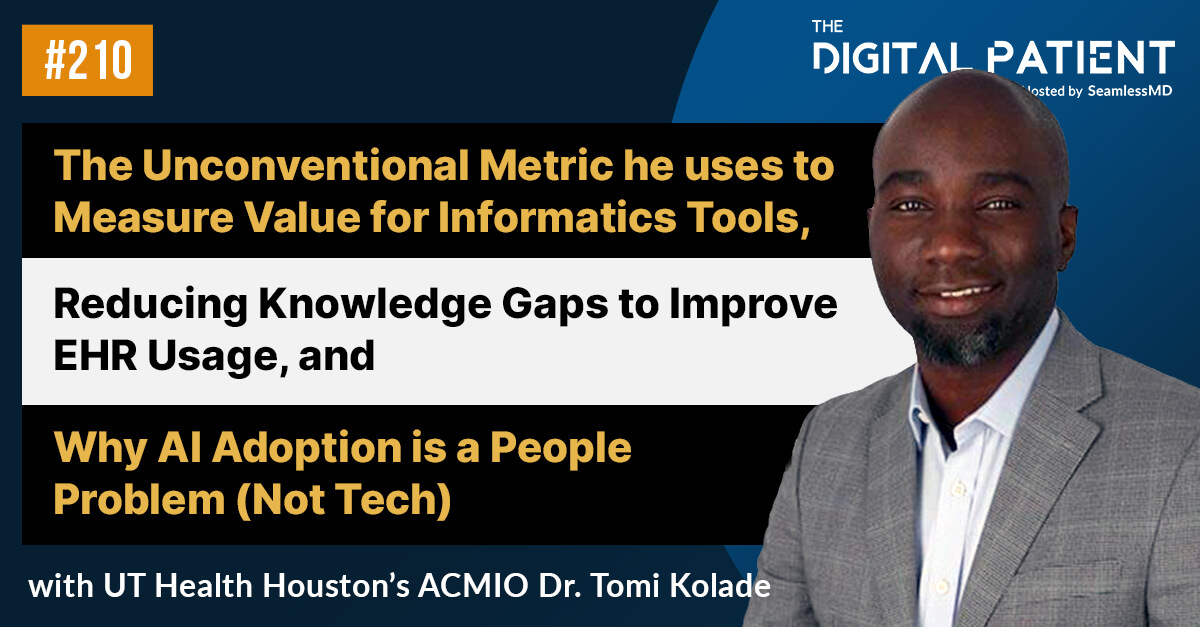Over the past decade, health systems have focused on implementing and optimizing their Electronic Health Records (EHR). But now, with the rise of the healthcare consumer, health systems are looking to digitize more and more of the patient experience. Today’s healthcare consumer has higher expectations of healthcare providers than even just a decade ago. The digitally savvy healthcare consumer expects to find ratings and reviews about their healthcare provider online, schedule appointments through app-based tools, be provided with digital wayfinding tools that enable mobile check-ins, and access personalized digital care journeys—the newest component of any digital front door strategy.
To meet the challenge of evolving patient expectations, providers are being forced to reimagine how they interact with patients to create meaningful connections between patients and caregivers through engaging digital platforms. Digital care journeys hold the key to delivering high-quality, lower-cost care by providing support for a highly coordinated and standardized patient experience across all stages of life—from acute episodes of care (e.g., surgery) to chronic conditions requiring ongoing management.
In a report from Deloitte and the Scottsdale Institute on Digital Transformation in Healthcare published in October 2021 (based on a roundtable of health system leaders), they identified two priorities for digital transformation:
1. Better consumer (patient) satisfaction and engagement
2. Improved quality of care and patient outcomes.
In fact, 92% of the survey respondents are hoping to achieve better patient experience as the top desired outcome from digital transformation.

With technology at the forefront of the patient experience, healthcare providers are adopting a digital-first approach to managing care across various service lines such as orthopedic, maternity, cardiology, bariatric, mental health, oncology, and more. A recent survey by Accenture reported that 60% of patients want to use technology more to communicate with their healthcare providers and manage their care.
“Phone call volumes can overwhelm staff and negatively impact operational efficiencies,” says Gregory D. Rushing, MD Division of Cardiac Surgery University Hospitals. “By providing patients with the tools to effectively self-manage from home, patients are less likely to require multiple follow-up phone calls.”
A digital front door strategy that includes digital care journeys that act like a virtual care companion reduce uncertainty by providing patients with accessible, evidence-based education and improves outcomes by providing timely access to good care. Implementing one as part of an overall front door strategy is critical for patient acquisition, satisfaction, and retention.
While there are several components to a digital front door strategy, we explore the four key components in our eBook The Role of Digital Care Journeys in a Health Systems’ Front Door Strategy along with the latest digital patient engagement trends, the evolution of remote patient monitoring, and stories from the front lines.
Download the eBook to learn why leading health systems like MultiCare, UAB Medicine, University Hospitals and Baystate Health have realized that digital front door strategies must go beyond the bookends of the patient journey and instead provide continuous guidance throughout.
.svg)










.png)
